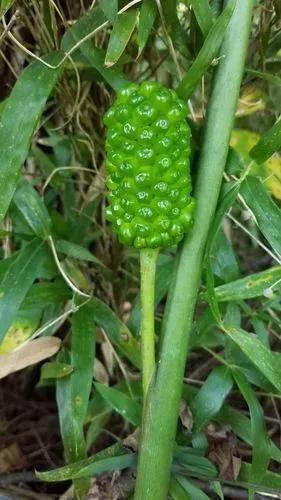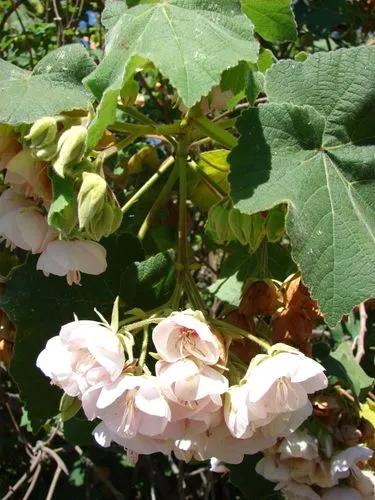Five to ten long, narrow, tubular blossoms top each of the numerous 2 ft. high stems. Leaves are tough, leathery, and deep green, arranged in pairs along the coarse, purplish stems. Penstemon eatonii attracts hummingbirds to its tubular red flowers.
Penstemon Eatonii Care
Penstemon Eatonii
Other names: Eaton's Penstemon



How to Care for the Plant

Sunlight

Part Shade

Soil

Performs best in full sun to part shade in rocky, loams, sandy loams, gravelly loams, well-drained to moderately well-drained soils. It does not grow well in areas with poor drainage. Drought tolerant once established. Penstemons need very little water and barely any fertilizer.

Temperature

A very hardy plant tolerates temperatures well below 0° F and is useful in USDA zones 4 and above. This is a nice plant for naturalizing in a unirrigated hot area where its bight flowers can be enjoyed and attract hummingbirds yet it is not browsed by deer or rabbit.

Additional

Although Penstemon is not listed on the ASPA guide to toxic and non-toxic plants,there is information online that Penstemon does accumulate Selenium and additional information that an excess of Selenium is not healthy for pets.

Popularity

46 people already have this plant 17 people have added this plant to their wishlists
Discover more plants with the list below
Popular articles





